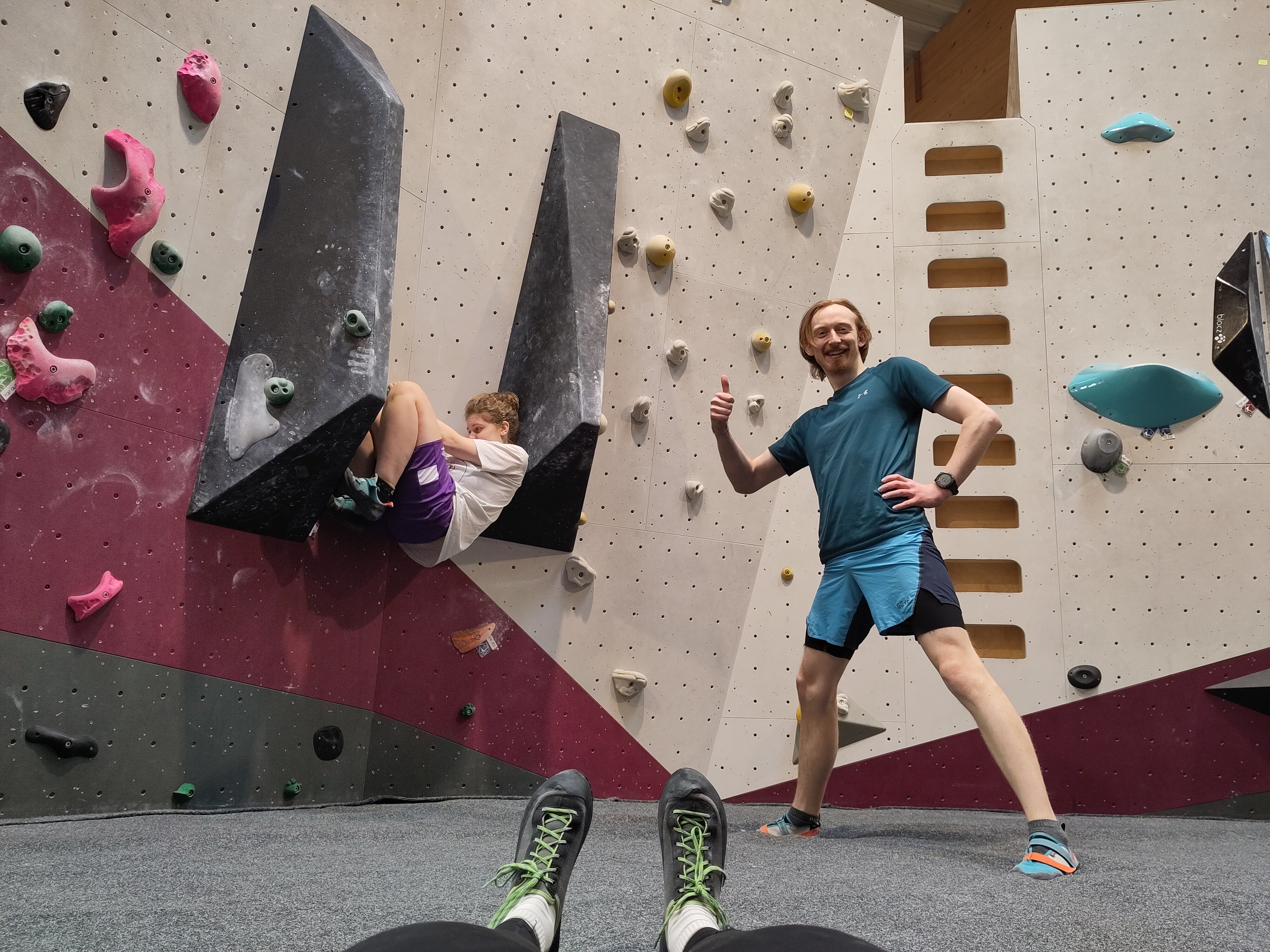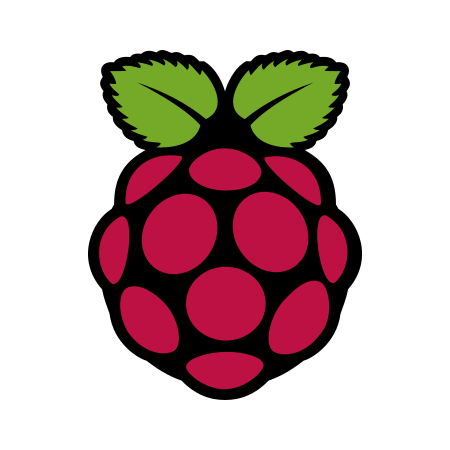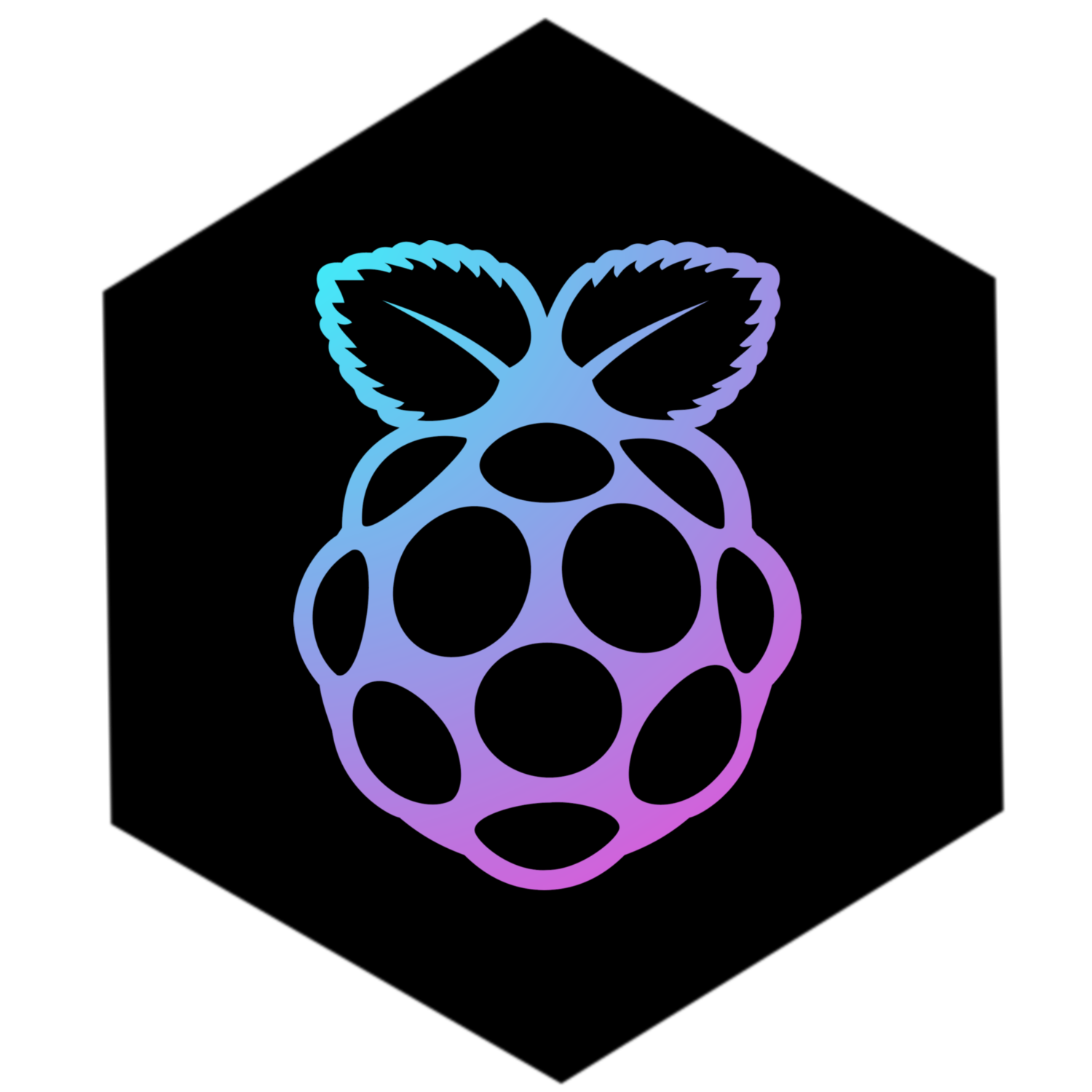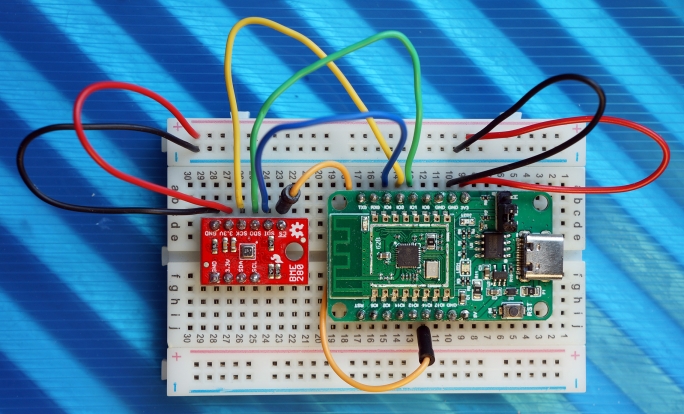

I am currently using a Canon EOS 200D (first generation) with a (I think) Tamron f2.8 90mm macro lens. It is what I have, and I cannot afford better equipment 🥲
I am pretty bad with photo stacking, especially for moving targets (which I almost exclusively shoot), because
- The camera has a pretty slow burst and a tiny buffer, and it doesn’t have focus bracketing. Therefore, for stacking, I have to be very precise and steady (which I am not).
- I don’t have good software for stacking, mainly because I am on Linux (and I will not switch for photo stacking). I found some programs under Linux for photo stacking (even RAW, iirc). Lately, I got Affinity Photo running, and if it performs well, I might consider buying it for the stacking. But I don’t need the editing features, because I am happy with what Darktable has to offer.
But I am willing to learn focus stacking, I sometimes try, but then I pause because it is a lot of work and research. Someday I will figure it out; I just need more time 😁
Sadly, the camera is not very light-sensitive. To reduce the aperture, I have to lower the shutter speed, which would make the image more blurry, or use a flash (I should definitely check out flashes… I guess). I cannot (or shouldn’t) increase the ISO above 16 000 because then the noise becomes unbearable.
Very often, I also have problems with the focus not being on the subject. The autofocus is generally not that good, and I often cannot really see what is in focus. Focus peaking would be a great feature, which the camera doesn’t have 🫠
Thanks for your reply; it is cool to hear that the photo is generally already good. This was my first submission to a critique site 😁 Your advice is appreciated, and I will try to get into focus stacking.














Well, I am not active that often either (on Lemmy), but thanks for suggesting the other communities!
I already had a peek at your photos and they look gorgeous!
I just remembered what my issue with flashes were. Shutter wise, I can only go as low as 200, which is not optimal for my shaky hands (its not that bad, but I prefer to shoot at higher shutter).
I will give the other AF methods a shot.
Generally, thanks for the tips! :)